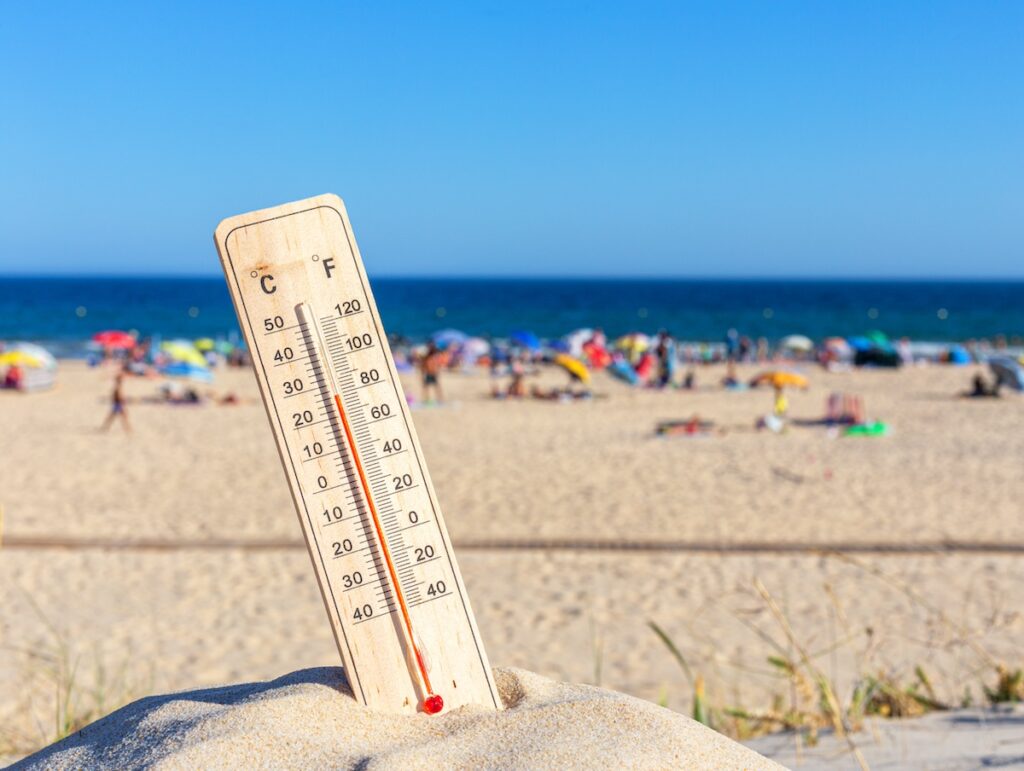Response to Baliunas et al.
Thomas Homer-Dixon, Karl Braganza, David Karoly and James Risbey
Globe and Mail
Complex issues like climate change are surrounded by a dense tangle of scientific theory and evidence that is difficult for any non-specialist to verify or understand. People can exploit this situation to tell very different stories about the issue. Because countless bits of evidence are available, it’s possible – by selecting and connecting the bits carefully – to construct practically any picture of the world and make it seem real.
But just because we can connect dots in very different ways, we shouldn’t assume that every resulting picture is equally valid. Some pictures are better than others. And some are severe distortions of reality.
So it is with the picture of Earth’s climate presented in the recent article on this page by Sallie Baliunas, Tim Patterson, and Allan MacRae (“Climate Change is Natural,” November 19). Parts of their picture are valid, but the authors employ such a selective reading of scientific theory and evidence that their picture bears little resemblance to the reality understood by the vast majority of climate scientists around the world.
Baliunas and her colleagues make a series of arguments that have been heard frequently –especially from Baliunas – over many years of debate about global warming. Other climate scientists have taken these arguments seriously, addressed them, and, for the most part, found them unconvincing. In their recent article, these authors also misread and sometimes wildly misrepresent key scientific evidence on climate change.
They argue, principally, that Earth’s climate has always varied a lot, that carbon dioxide is only a “minor contributor” to this variation, and that natural changes in the intensity of solar radiation explain much better (than changes in human emissions of carbon dioxide) the observed increase in global temperature of about 0.7 degrees Celsius over the past century.
No climate scientist would dispute the first of these three arguments, but the current debate is about causes of the recent, more rapid change. The authors’ second claim that carbon dioxide is only a minor contributor to climate variation is – to put it bluntly – bizarre. Scientists have long established that several “trace” gases in Earth’s atmosphere – like CO2 – critically affect energy flows from the planet’s surface to space. Though these gases occur in only small amounts, they are vitally important to Earth’s climate because they interact with radiation from the planet, whereas the more abundant gases such as nitrogen are largely inert in this regard.
But do natural changes in the level of solar radiation better explain the last century’s increase in global temperature than human emissions of carbon dioxide? The evidence now available to scientists suggests almost certainly not. But the story is complicated, which allows climate-change skeptics to highlight some lines of evidence while ignoring others.
The central question is how we interpret and explain the apparent pattern of global warming over the past century. Climate records show that Earth steadily warmed till around 1940, then cooled a little till around 1970, and finally warmed again up to the present. Skeptics argue that because human emissions of carbon dioxide were relatively low in the first part of the century, they cannot explain the observed warming during that period. The warming, they argue, was almost certainly caused by natural factors, like changes in solar radiation. Then the skeptics extend this argument to the post-’70s warming and suggest that it must have been caused by natural factors too.
But the last century’s two periods of warming are not analogous. They only appear analogous because skeptics like Baliunas and her colleagues focus on a single indicator of climate change: average global temperature. There are many other indicators of climate change, including the contrast between winter and summer, the range of temperature between day and night, and the spatial distribution of warming across the planet’s surface (for instance, the contrast between land and ocean temperatures). When scientists use these multiple indicators, they get a much better picture of what’s happening in Earth’s climate, and they are better able to discriminate between factors affecting that climate. Using such methods, recent studies have concluded that human emissions of greenhouse gases, especially carbon dioxide, are the dominant causes of the recent warming.
There are additional reasons why changes in solar radiation are likely not the main driver of global temperature over the last century. Evidence drawn from satellites and other indicators has been used to reconstruct changes in this radiation over the past century. The evidence shows that the magnitude of solar variation was apparently too small to account for the observed temperature change. Furthermore, although there is a good correlation between solar and temperature variations on thousand-year timescales, this correlation says little about the cause of current temperature change that is occurring over much shorter timescales.
Finally, Baliunas and her colleagues seriously misrepresent key scientific theory and evidence. They assert definitively that between 900 and 1300 AD Earth’s climate was warmer than it is today, but the evidence gathered by the Intergovernmental Panel on Climate Change (IPCC) indicates that this period was probably cooler. They claim that computer models of the global climate all forecast much faster warming in recent decades then was observed, but this claim is patently false: many of the best computer models predict the observed warming extremely closely. And they claim that these models have consistently failed to accurately reproduce past and present climate changes, while in reality the models predict many such changes astonishingly well. For instance, the seasonal cycle is an immense climate change – as Canadians well know – and today’s computer models do a good job of reproducing this cycle for most climate variables (like temperature).
Baliunas and her colleagues assert that human emissions of carbon dioxide cannot explain the observed global warming during the last century. This opinion is at odds with the IPCC’s latest conclusions, which state that “most of the observed warming over the last 50 years is likely to have been due to the increase in greenhouse gas concentrations,” and with the opinions of the majority of climate scientists. Although weight of numbers does not guarantee truth, the skeptics are increasingly clutching at straws.
Bios: Karl Braganza and James Risbey are climate researchers at the School of Mathematical Sciences at Monash University in Australia. David Karoly is a Professor of Mathematical Sciences at the same institution; with John Mitchell, he was lead author of the IPCC’s 2001 chapter on detection and attribution of climate change.

Topics
Climate Change
Energy
Environmental Stress and Conflict
